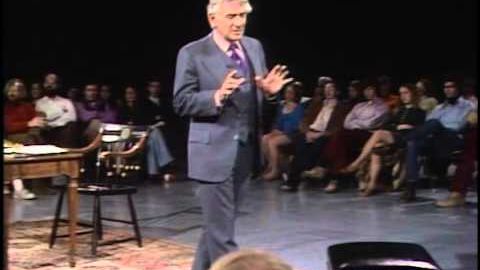
Subtitles & vocabulary
The Unanswered Question 1973 5 The XXth Century Crisis Bernstein Norton
00
songwen8778 posted on 2016/07/26Save
Video vocabulary
phrase
US /frez/
・
UK /freɪz/
- Noun
- Common expression or saying
- Section of musical notes in a piece of music
- Verb (Transitive/Intransitive)
- To choose words to say what you mean clearly
A2
More sense
US /sɛns/
・
UK /sens/
- Noun (Countable/Uncountable)
- Certain mental feeling or emotion
- Normal or clear state of mind
- Verb (Transitive/Intransitive)
- To perceive using sight, sound, taste touch etc.
- To recognize the presence of something
A1TOEIC
More life
US /laɪf/
・
UK /laɪf/
- Noun (Countable/Uncountable)
- All the living things e.g. animals, plants, humans
- Period of time things live, from birth to death
A1
More crisis
US /ˈkraɪsɪs/
・
UK /'kraɪsɪs/
- Noun (Countable/Uncountable)
- Unstable situation of extreme danger or difficulty
- A turning point in a disease.
B1
More Use Energy
Unlock All Vocabulary
Unlock pronunciation, explanations, and filters
